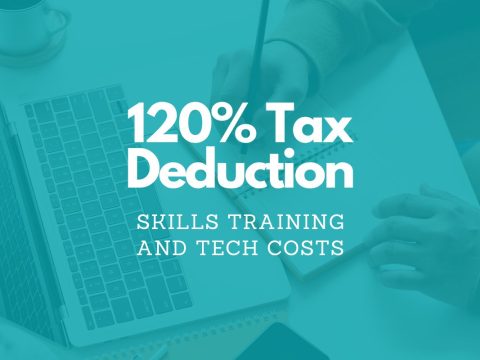How and when to engage people (part 2) – guest author Jo Hanlon
Eeny, meeny, miny, moe: getting that job done how and when you need it (part 2)
With thanks to our guest contributor: Jo Hanlon of Mind Your Ps, our go-to HR experts
Outsourced workers or labour hire resources – one off or repeat service provision
Outsourced workers are those who are generally employed by another employer and are subcontracted to work for your company to do a particular job or role on a short or longer term basis.
The legal relationship generally exists between the worker’s own employer which may be their own company or a labour hire company and the firm who is subcontracting the services of the worker or groups of workers.
Their direct employer manages the worker’s employment contract terms and conditions and pays them directly. This model is great for companies who need to cover seasonal or cyclical workload peaks and troughs as well as upscale or downscale work teams in a short time frame.
These workers may be subcontracted to work full time, part time or casually and their employer invoices you a pre-agreed hourly rate or set fee under an umbrella contract which covers the terms and conditions to which you agree for accessing their workforce. A buyout fee may apply if you want to take the worker on directly at some point.
A number of firms also outsource their work internationally, which can work well if the jobs are compliance-based and repetitive and can easily be done online using job specific platforms. Be clear on the processes you need to follow to manage any work quality and performance issues however, because if the workers work regularly for you and have been engaged specifically by their employer to do your outsourced work, they may have similar entitlements to locally based employees such as performance management processes, notice periods and even redundancy entitlements.
Online labour hire or worker engagement markets
A newer model of engaging workers that is fast gaining popularity is the model that allows you to locate and engage casual or freelance workers to do a one off task or job. This engagement is usually for a set or pre-negotiated fee and is done via an online platform or app such as Airtasker, Workfast, Uber, Guru or elance. These apps or portals allow you to enter the details of what type or work you need done or what type of worker you are looking for. The workers who are registered online via this portal may be prompted or alerted immediately and they apply or bid for the opportunity to complete your job. These platforms cover a wide variety of services, from one-off gardening, a move-in/move-out clean, shopping delivery, furniture assembly, ride-sharing and parcel delivery, to a complete website build, ghost writing, graphic design, completion of a marketing or business plan or a translation task.
 The terms of engagement, insurance coverage, guarantee and payment transaction is generally managed online depending on the registration process you go through and agree to when engaging with the online marketplace and will differ depending on the platform’s relationship structure. Going through this process generally eliminates the need for any detailed or prolonged interaction between you and the person selling their time or services if not needed, and depending on the service provided are often pre-vetted for security and capability. Being able to rate the quality, timeliness and value of the services provided means the worker’s quality becomes self-managed and, as the ability to give feedback works both ways, so be sure to treat your freelancers well and pay up as agreed too.
The terms of engagement, insurance coverage, guarantee and payment transaction is generally managed online depending on the registration process you go through and agree to when engaging with the online marketplace and will differ depending on the platform’s relationship structure. Going through this process generally eliminates the need for any detailed or prolonged interaction between you and the person selling their time or services if not needed, and depending on the service provided are often pre-vetted for security and capability. Being able to rate the quality, timeliness and value of the services provided means the worker’s quality becomes self-managed and, as the ability to give feedback works both ways, so be sure to treat your freelancers well and pay up as agreed too.
One of the limitations in accessing these services, if onsite assistance is needed, may be your location, but as with any economic model, demand will ultimately influence supply, and who knows, maybe it’ll prove to be a way to keep more people working sustainably in regional areas.
Other business resourcing models which are equally as valuable at different levels of the organisation are; consultants, coaches, mentors, advisory and/or governance boards, depending on what assistance or guidance is needed.
So, as you can see, there are many options for you to choose from in getting that job done when and how you need. It may be just a matter of thinking outside your familiar worker model, knowing what skills you need and looking for the best matching solution. Be sure to ask your accountant, IR specialist or other trusted advisor if help and input is needed… Eeny, meeny, miny, moe…
Refer back to part 1 of this article here.
Learn more about Jo at her website.




